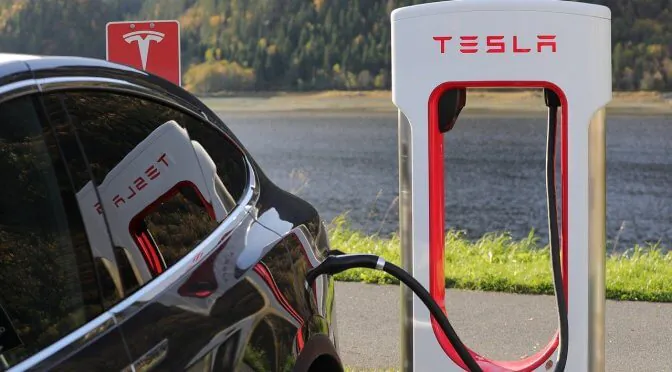The EV charging station market is on the rise around the world as demand from consumers rises and governments seek to encourage adoption of eco-friendly transportation. Incentives on electric vehicle purchases alone aren’t enough to encourage a city or country’s population to switch away from gas-fueled cars – there needs to be enough infrastructure in place to make driving and charging EVs practical and convenient.
The number of electric vehicles and EV charging stations has been growing across Europe for the past several years, boosted by recent policy changes and technological advances. Over the past ten years, the number of charging stations in the region has grown from a little over 3000 to more than 170,000. The Netherlands is leading the charge in terms of number of stations, followed by Germany, France, and the UK. The EV charging station market is already worth billions of dollars, and as adoption of electric vehicles rises, demand for stations will continue to grow as well. Technavio estimates that the European market will increase in value by over 30% between now and 2024, amounting to over $5 billion in growth.
While the Netherlands and Germany are expected to make the greatest contributions to the market’s growth over the next five years, France and the UK aren’t far behind. Together, these four countries account for two-thirds of the European market.
Suggested reading: Innovation is the Key to Electric Vehicle Battery Market Growth
The majority of public EV charging stations in Europe are currently operated by utilities and oil companies, who are looking to diversify and invest in the industry as consumers gradually shift away from traditional gas vehicles. Shell is one of the leaders in this market, investing billions of dollars and acquiring EV charging companies. Total and BP are also investing substantially in the market.
A new joint venture is now working to increase the number of high-power EV charging stations across Europe. Founded by the BMW Group, Ford Motor Company, Mercedes Benz AG and Volkswagen Group along with Audi and Porsche, Ionity partners with fuel stations and other companies to provide several hundred stations throughout the region. Ionity’s network of EV charging stations provides high-speed charging for any electric vehicles that use the Combined Charging System (CCS), filling batteries to 80% in as little as 15 minutes. This is faster than Tesla’s Supercharger network, which itself consists of over 3200 chargers at more than 400 stations, and Tesla vehicles that have a CCS plug can also take advantage of Ionity’s stations. This means Tesla drivers have more options when it comes to recharging.
Public EV charging stations aren’t the only relevant factor in the market, however. In more mature markets such as Norway and Sweden, the majority of EV charging happens at home. In Norway, about 90% of EV owners can charge their cars at home, and only 5% of vehicle charging is done at public EV charging stations.
This suggests that while lack of public charging stations may initially deter users from buying EVs, the ability to charge vehicles at home and work becomes a more significant factor as the market matures. However, a lack of public infrastructure could still be contributing to the high number of people charging their vehicles at home – if a driver doesn’t feel like there are enough charging options along their chosen route, they’re more likely to keep their electric vehicle close to home where they can be confident they’ll have somewhere to charge it, and choose other options for longer trips.
Suggested reading: South Korea’s Plan to Boost Its Electric Vehicle Industry
Indeed, according to a survey by Shell subsidiary NewMotion, close to half of European electric vehicle drivers are concerned about there being enough charging points available. And while most EV owners in Norway may be able to charge their cars at home, the average for all of Europe is much lower – only 7%, according to the survey, while just over half of respondents could charge their vehicle at work. In total, just over half of EV owners do not have an EV charging station at home or at work, which makes a strong network of public stations all the more important to the adoption and continued use of electric vehicles.
While availability of EV charging stations certainly isn’t the only factor in EV purchases by consumers, it’s still an important one. Many countries and cities provide incentives to help with the cost of buying electric vehicles, but those incentives will only go so far if drivers don’t feel like they can find enough charging points. Efforts by Ionity and other organizations are helping to meet demand for these stations, but as EV use continues to rise, the number of EV charging stations will have to rises as well.
Learn more about the EV charging station market in Europe, including insights such as:
- CAGR of the market during the forecast period 2020-2024
- Detailed information on factors that will drive EV charging station market growth in Europe during the next five years
- Precise estimation of the Europe electric vehicle charging station market size and its contribution to the parent market
- Informed predictions on upcoming trends and changes in consumer behavior
- The growth of the Europe electric vehicle charging station market across The Netherlands, Germany, France, UK, and the rest of Europe
- A thorough analysis of the market’s competitive landscape and detailed information on vendors
- Comprehensive details of factors that will challenge the growth of EV charging station market vendors



